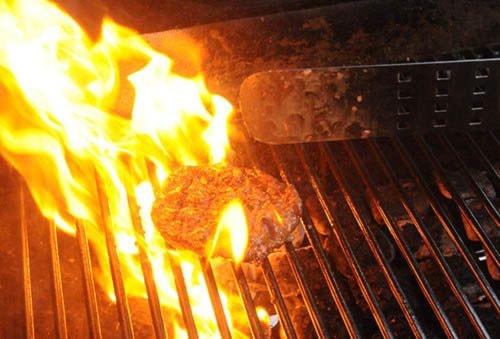If you want to reduce your electrical energy consumption, it helps to understand how much energy you’re actually using.
It’s easy enough to look on your BC Hydro bill to see how many kilowatt-hours of energy you’re using each month, but what does that really mean in terms of how you’re using that electricity in your home. In other words, what can you do with one kilowatt hour (kWh) of electricity?
BC Hydro offers these examples to give you an idea of where all that electricity goes.
For instance, did you know 1kWh will:
• Cook you up 40 pieces of toast?
• Bake a birthday cake in the oven?
• Power your television for 11 hours?
• Light up a CFL lamp for 43 hours?
• Fire up a space heater for an hour?
As you can see, 1kWh does a lot. According to information released by BC Hydro this past winter, the typical British Columbia home uses 1,075 kWh per month during the winter, with 50 per cent of that going to heating, 20 per cent going to appliances, 16 per cent going to lighting, and 14 per cent going to other. Of course, you are billed for every kWh you use.
Energy consumption begins to drop off naturally as spring rolls in. Warmer outside temperatures and more light each day mean heating and lighting consumption drop significantly in the spring and summer months, but Patrick Mathot, PowerSmart Residential Marketing Manager for BC Hydro, says people can make that drop even more significant (which means saving more money) by adopting some best practices.
It starts by understanding that like wintertime energy use, the biggest factor in summertime energy use is heat. In colder months, you want to trap that heat inside the house, while in warmer months you want to keep it outside. A lot of electricity is used to make this happen.
Asked to describe the biggest summertime energy user, Mathot says the answer is air conditioning… hands down.
“If you have air conditioning [in your home] you’re paying a lot to use it. If you don’t have air conditioning, congratulations… you just saved a whole bunch of money.”
There are other ways of keeping the house cool in the summer, and most of them don’t require any electricity.
• For instance, use the insulating properties of your home to their best advantage. Insulation doesn’t just keep heat in, it can also keep it out. Keep your windows and doors closed when the heat is highest; only open them when the temperature drops at night and in the early morning.
• Use your window blinds and drapes to block up to 65 per cent of the heat. Blinds that are angled upwards still let in light while blocking heat.
• You can also reduce in-home temperatures by avoiding use of appliances. Mathot says the clothes dryer is a big culprit, not only using electricity, but also warming the house. Hang the clothes to dry on a nice day and you’ll save both ways.
• If you have to cook on the stove, consider making extra so that you’ll have leftovers that you can eat cold the next day, and so avoid firing up the stove again. Also, use your barbecue for cooking instead of the stove to keep heat out of the house.
• Turning off electronics that aren’t being used is a great way to cut down on home heat, and for cutting electricity costs. If you have to use them (or other appliances), try doing so during the cooler hours of the day to avoid heat build up.
